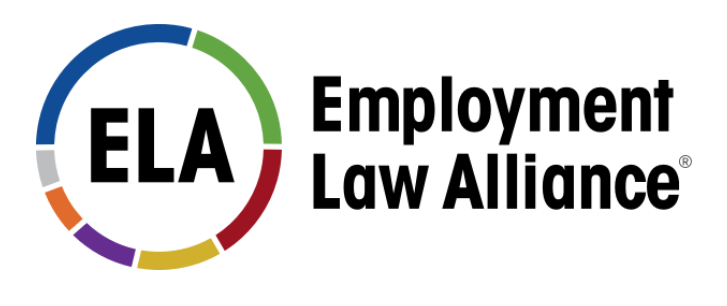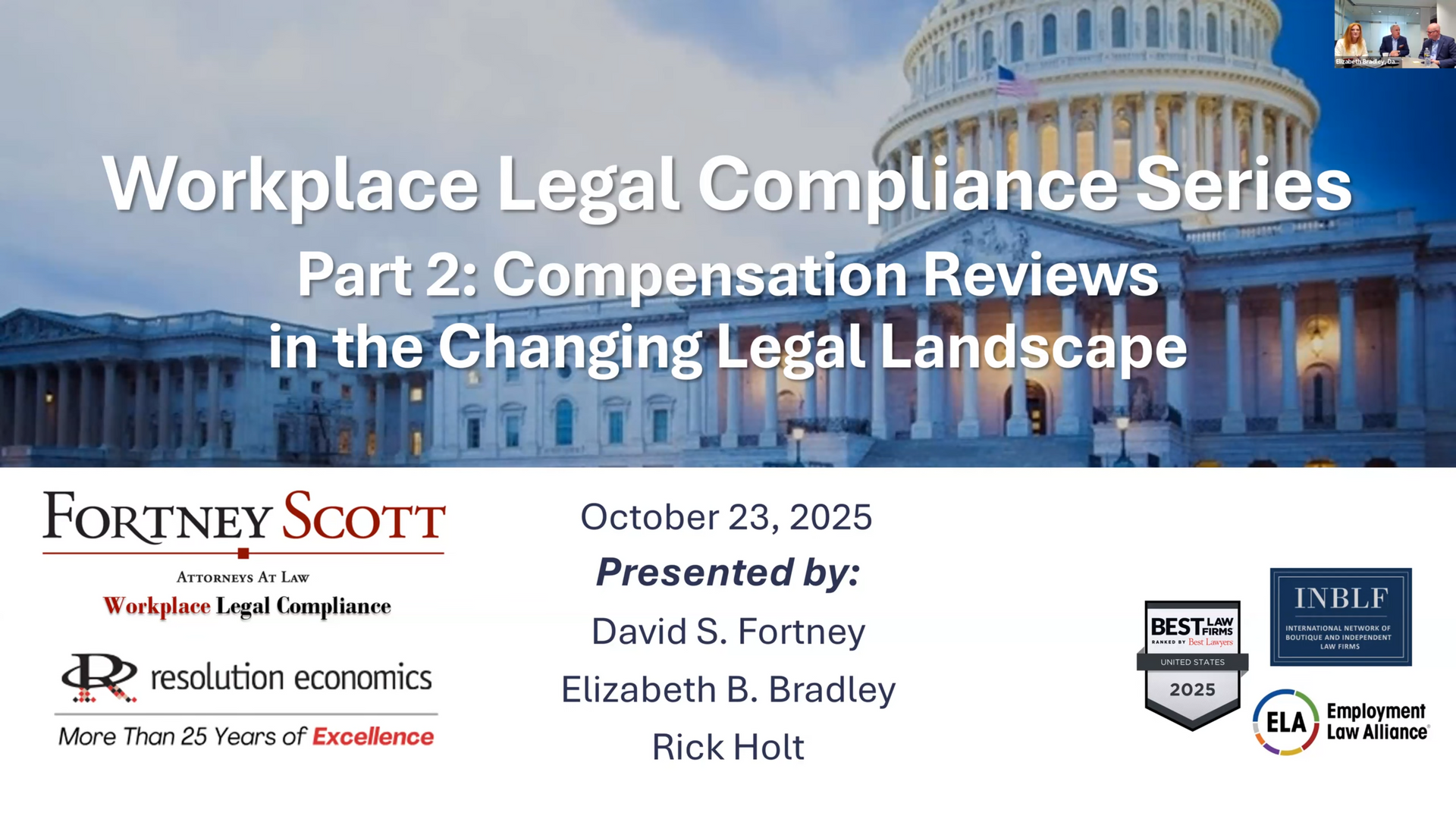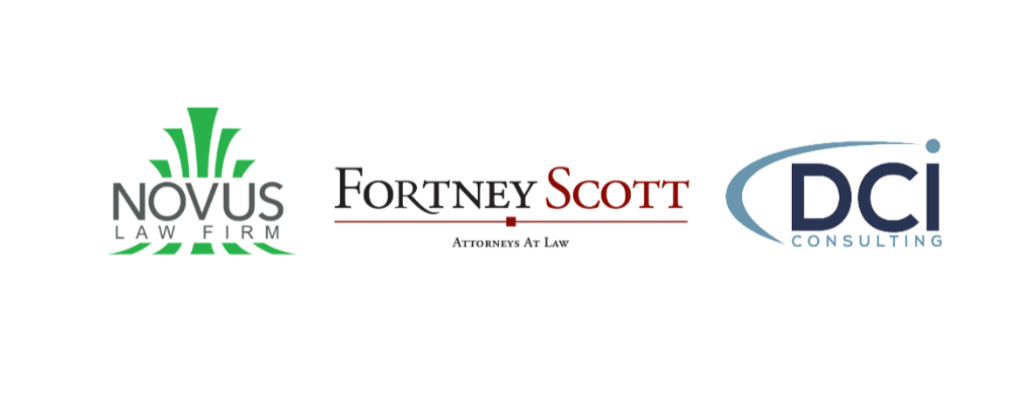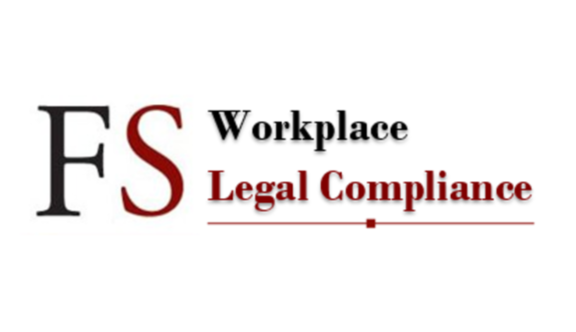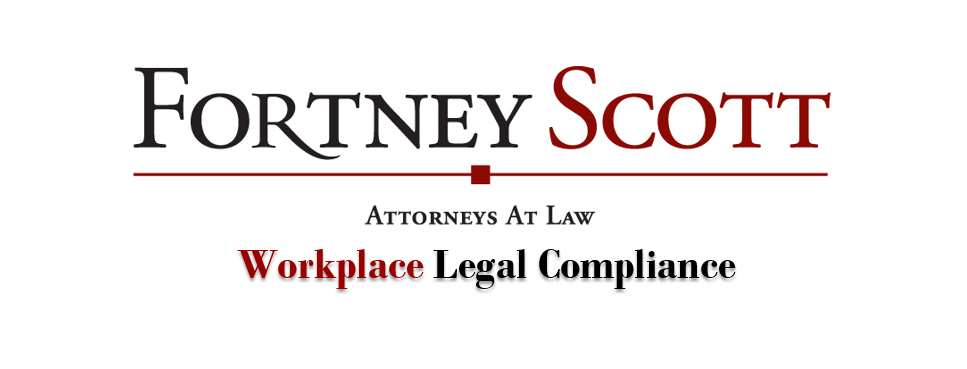NAS Report - Government Collection of Compensation Data
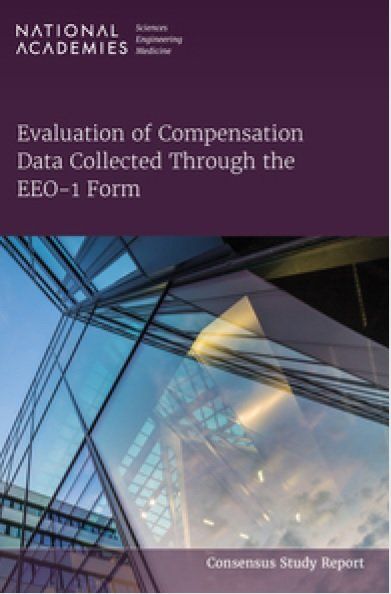
The National Academy of Sciences report addressing the collection of employers’ compensation data by the Federal government using the EEO-1 report was released July 28. The NAS report recommends that compensation data be collected again, but not by repeating the prior data collection processes.
The report was prepared at the request of the EEOC. The extensive and detailed report (287 pages) includes specific recommendations and analyses. Importantly, the NAS does not recommend repeating the same collection of compensation data that previously was followed. The NAS recommendations to the EEOC should be subject to public notice and input before being implemented by the EEOC.
The highlights of the NAS recommendations include:
- The collection of compensation data, using W-2, box 5 data (not box 1 data, as was previously done).
- A redesign of the EEO-1 form to provide for a single data collection—not using Components 1 and 2.
- The NAS recommends collecting data based on either narrower pay bands (not EEO-1 groups) or individual pay data (recommended) and job tenure, experience and education.
- The use of standard occupation classifications instead of the broad EEO-1 categories.
- Distinguishing between Exempt and Non-Exempt, and Full Time and Part Time employees.
- Collect actual hours worked for Non-Exempt employees.
- Collect pay data based on age (40 or older), disability and veterans status, in addition to the existing EEO-1 categories, and also collect data based on sex, gender identity, and sexual orientation.
- Recommends field testing by EEOC before implementing any new requirements.
A copy of the full Report and summary charts from the Report with the detailed recommendations are available here.
FortneyScott Lunch & Learn: What Employers Need to Know About
the Released NAS Report on EEOC Pay Data Collection

